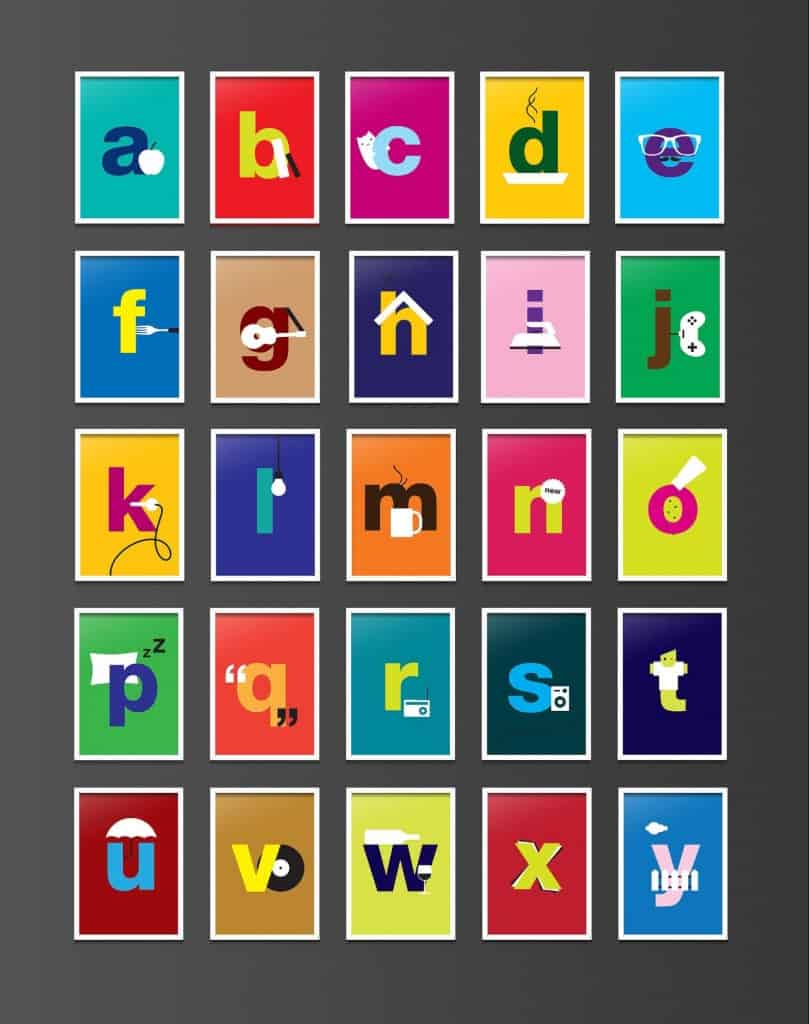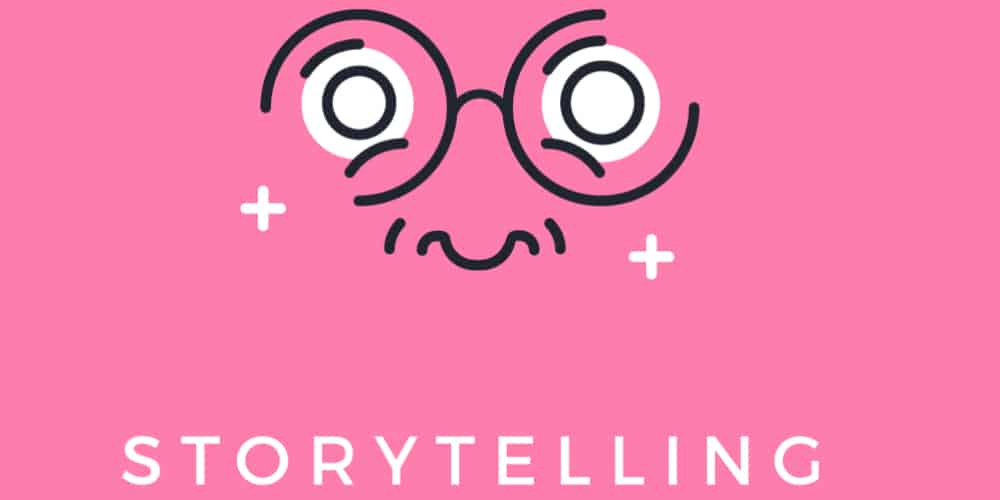The Concept of Storytelling in Content Marketing: What It Is and How to Do It
Traditionally, content marketing has used a message or gimmick. For example, Coke recently kicked off a Share a Coke campaign that was supported by putting 150 common names on bottles. The company then encouraged customers to share a coke with someone whose name they found on their bottle.

This content marketing campaign was effective, but with another approach, it could have potentially been even more prominent.

Imagine if Coke had taken one of those bottles and shared the story of someone with that name. A customer or maybe even one of their employees. In other words, they could’ve used storytelling in their content marketing for even perhaps more significant results.
What Is Storytelling in Concept Marketing?
Frequently, brands will convey a singular message. These can usually be boiled down to “this is what my product is and here’s why you should buy it”. For many, this is effective.

What can be even more effective, though, is the use of storytelling in your concept marketing. With narration, a narrative is developed in marketing. Instead of a simple presentation, this method depends on establishing a connection between a brand and a consumer.
Why Is Storytelling Effective?
In regular conversation, it’s estimated that about 65% is storytelling. This works because humans are curious by nature. If a story is well-done, they are likely to be drawn in and want to know more. Clearly structured and understandable visual material is also playing an extensive role in the era of visual literacy as it gives the consumer the ability to read easily read the message.

The key phrase there is “well-done.” It takes a valuable story to draw someone in. Just like in conversation, the story has to be interesting and engaging. If you want a compelling story, you have to approach it correctly. On this stage creative professional can revise your content and suggest corrections if needed. You need to have a clear structure in mind just like an essay writer would before starting their work on assignment.
Storytelling is also compelling because it makes your brand seem real to consumers. Anymore, the facelessness of corporations isn’t always appreciated. Instead, customers want to know who they’re supporting.
The Hook
The first part of your content marketing strategy needs to be the hook. This is the part of your story that draws customers in. Why do they want to listen to this story? What would be interesting about it?
The hook of your story has to be quick. Usually, a sentence or two is a reasonable limit. Use emotion here. What makes this story emotional or what emotions will it touch on? Answer these questions and put it into a phrase or two that will keep customers enraptured.
Source: Denis Sazhinzhin
With the world of social media being so important, many brands choose to include an image with their hook. People who see an active image are likely to retain 65% of the information they’ve seen later on. This is compared to 10% of the information they hear.
Once again, this has to be shocking, emotional, or impressive. On platforms such as Twitter and Instagram, you only have about 8 seconds to draw someone in before they keep scrolling.
Another popular option is to grab an audience with a question. Then, to find the answer, they have to look further into the story.
Find Your Story
Once a hook draws customers in, a well-thought-out story is necessary to keep them interested.
For this, you will need to identify your story. The first question to answer is what this story is about?
The best choice here is to choose something personal. Don’t be too broad. For example, stating that the company has done this since that year is getting to be a little cliché. It won’t stick out.

A more effective choice would be to focus on an individual. This could be someone who creates this content – anyone from the owner of the company to an employee. Alternatively, it could be someone from the intended audience. This is often seen in the form of how a brand helped them in their lives individually.
Once a character is chosen, it’s essential to determine the setting of the story. While the story is specific and can be described rather briefly, the scope is necessary. The range of the story is the focus. Is this story looking to the future or the history of the brand?
The final element of the story is its purpose. This is the way of the story. Why tell this story? Why does this story stand out or have importance? If you don’t know why a customer should listen to this story, they won’t either. The purpose of the story has to matter to the audience.
The Length of a Story
At this point, it should be noted that while a hook needs to be short, a story doesn’t have to be. While making a story unnecessarily long can lead to a bored listener, long stories can lead to appropriately long content.
There are, in fact, many benefits to high content. For one, it can help express expertise on a topic. It can also inspire further social engagement.
It is necessary to highlight, though, the longer isn’t always better. Don’t try to drag a story out with wordiness or unnecessary detail.
Putting It All Together
Now that you know the aspects of storytelling in content marketing, let’s take a look at one such successful campaign.
Maltesers are a UK chocolate brand. In 2016, they decided to address disability. By creating commercials based on real-life stories of disabled individuals. This led to the statistic that 57% of consumers said the campaign is changing the way disability is viewed.
As for the brand itself, it saw an 8.1% increase in sales.
All in all, storytelling can be a powerful tool in content marketing. It can take some planning ahead and careful implementation. Once you figure it out, it can be invaluable. If you can spin an exciting and engaging story, you can draw any customer in by driving them to action.
If you liked this article and would like to engage with other small business entrepreneurs selling on marketplaces, join our [the_ad id=”41560″ inline =”1″]. You can also find us on [the_ad id=”41579″ inline =”1″], [the_ad id=”41573″ inline =”1″], [the_ad id=”41575″ inline =”1″], and [the_ad id=”41577″ inline =”1″] or sign up for our newsletter below.
SIGN UP. BE INSPIRED. GROW YOUR BUSINESS.
We do not sell your information. You can unsubscribe at any time.







Thankyou for these Incredibly detailed and informative insights. Really appreciate it.